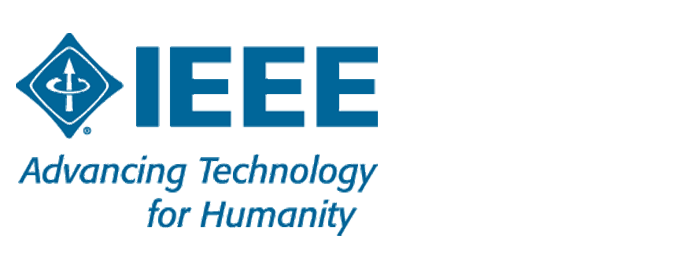Symbiotic Autonomous Systems: An FDC Initiative
Presents the broad picture on symbioses (Symbiotic Autonomous Systems) in a number of areas and how they impact our economic system and way of life. The IEEE SAS Initiative takes a 360° view based on technology and standardization—the foundation of IEEE—and invites all interested constituencies to contribute complementary points of view, including economic, regulatory, and sociocultural perspectives. The White Paper provides a broad Landscape on aspects of Symbiotic Autonomous Systems from which Standards can also be developed into the future.

An FDC Initiative: symbiotic-autonomous-systems.ieee.org: White Paper II
https://cmte.ieee.org/futuredirections/2021/08/18/towards-symbiotic-autonomous-systems/
